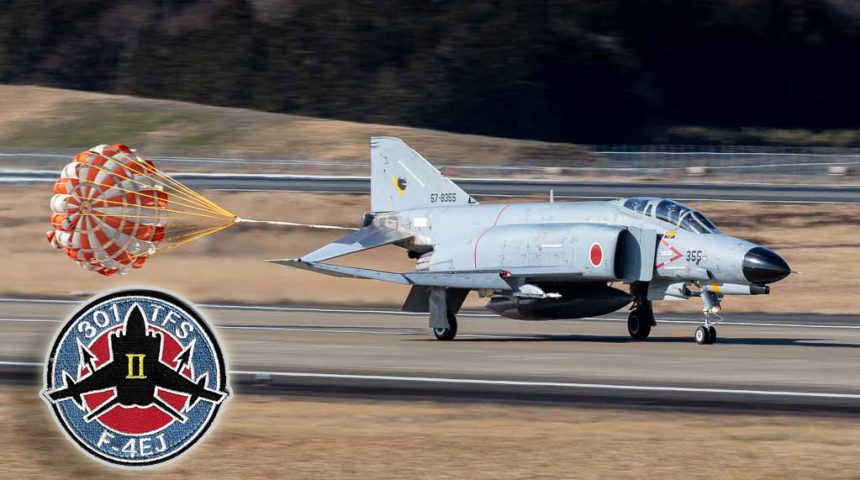We visited the base of the last two JASDF Phantom units ahead of the type retirement.
With the decommissioning of the 302 Hikotai on March 25, 2019 (Fiscal Year 2018) only two squadrons of the Japanese Air Force (JASDF) with the type F-4 Phantom II remain in active service: the 301 Hikotai with F-4EJ 改 (F-4EJ Kai, which means “updated”) and the 501 Hikotai with the reconnaissance version RF-4E and RF-4EJ. But already with the end of Fiscal Year 2019 on March 31, 2020, the Recce Phantoms are to be decommissioned.
The first and last squadron of the Japanese Air Force with the Phantom, nicknamed Samurai (侍) in Japan, is the 301 Hikotai. It was assigned as a temporary squadron in Hyakuri on Aug. 1, 1972, and over the year it was subordinated to the 7th Wing (Kokudan) and set up as 301 Hikotai. After a relocation to Nyutabaru Air Base the squadron returned to its birthplace: Hyakuri on Oct. 31, 2016. The emblem of the squadron is a toad (kaeru) living near the Tsukuba Mountain. The stars on the yellow scarf show the subordinated squadron (5 stars in Nyutabaru, 7 stars in Hyakuri). The fighter planes were initially very limited in their capabilities (no air-to-air refueling, no air-to-ground capabilities, limited air-to-air capabilities). For self-defense they carried the built-in M61 cannon and heat-seeking AIM-9 Sidewinder missiles.
On Feb. 20, 1982, plans for a Service Life Extension Program (SLEP) were announced, which eventually led to the new designation F-4EJ Kai. One reason for this might be the defection of a Soviet MiG-25 on Sept. 6, 1976, which allegedly disappeared for some time from the screens of the Phantom crews due to the poor capability of the APQ-120 radar against low flying targets. Only by the Kai update the air-to-air refueling capability as well as air-to-air and air-to-ground/ship armament were retrofitted.
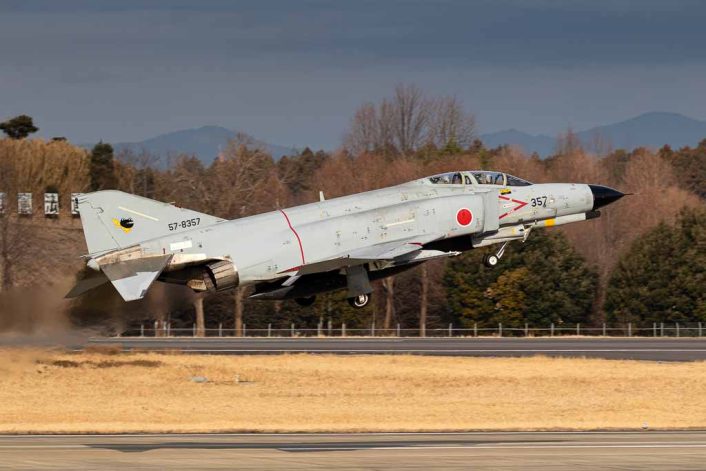
Features of the update include a modified radome for the new APG-66J radar, ability to carry the AN/ALQ-131, a UHF antenna on the spine of Phantom and the Radar Warning Receiver (RWR) antennas J/APR-6 mounted on the top of the fin. Of 140 Phantoms procured and mostly manufactured under license by Mitsubishi Heavy Industries (MHI) in Nagoya, including the last Phantom delivered in the world (17-8440) on May 20, 1981, 96 F-4EJ received this modification.
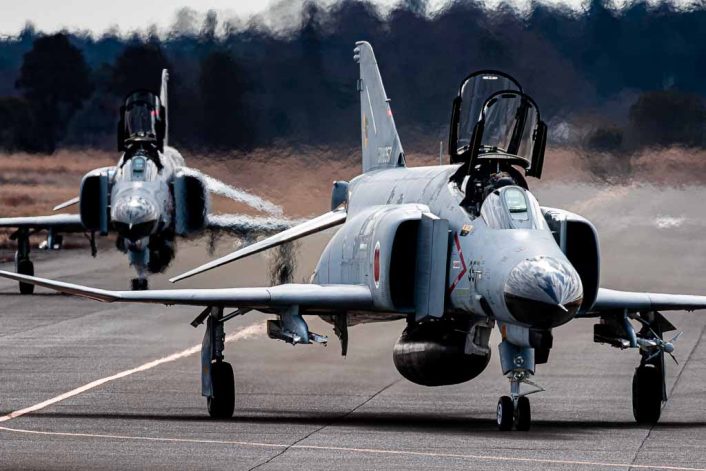
The 501 Tactical Reconnaissance Squadron was founded in 1961 in Matsushima and started its service with the type RF-86F. For a short period the T-28B Trojan was also flown. On Dec. 3, 1974, the squadron received its first two RF-4E (47-6901/02) in Hyakuri. All of the 14 reconnaissance aircraft ordered were manufactured in St. Louis by McDonnell Douglas. Until 1981 a blue-yellow zigzag on the fins of the jets were present. Only then did the squadron change their logo to the familiar head of the cartoon character Woody Woodpecker. Over the years these planes were also upgraded and received most of the update equipment of the F-4EJ Kai. The radar was also replaced by an AN/APQ-172. They are therefore, probably an unofficial designation, also called RF-4E Kai.
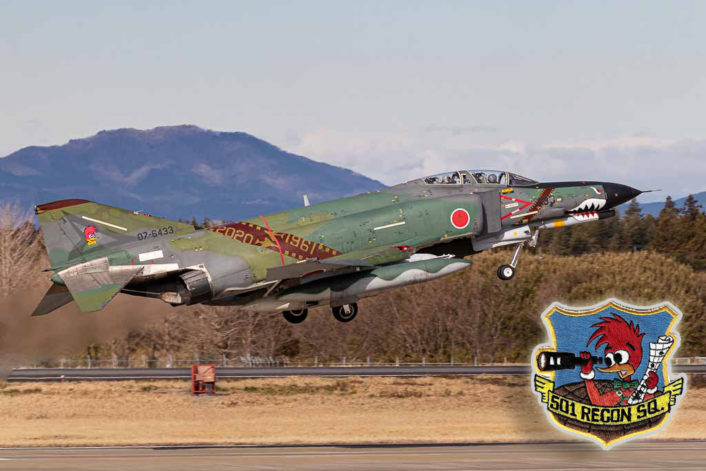
In addition to the aircraft delivered as reconnaissance jets, 17 F-4EJ were converted into the RF-4EJ version. These machines carried out the reconnaissance by means of a underfuselage pod. 3 variants of the pod can be used: TAC (Tactical Camera Pod), LOROP (Long Range Oblique Photography) and TACER (Tactical Electronic Reconnaissance). Besides some modifications of the air defense version F-4EJ Kai were taken over. These include, among others, the highly visible UHF antenna on the back of the Phantom. The aircraft retained their M61 Vulcan Gun and the ability to fire AIM-9L.
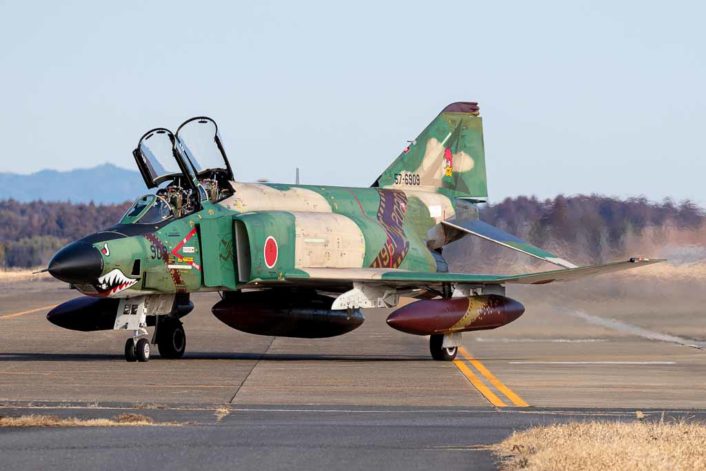
To mark the farewell of the RF-4E and EJ, the 501 Hikotai’s aircraft were given a special paint scheme. Special features on the machines are:
- Outline of the old logo on the fin
- White lower fuselage like the first machines delivered
- Silhouette of an analogue film roll over the fuselage and nose in dark red and golden colour with the two patterns RF-86F and RF-4E/EJ and the dissolving film on the tanks
- Sharkmouth, which adorned countless phantoms around the world and the JASDF
- Spook with camera on the splitter plates at the air intakes and the text “Thank you for your support”.
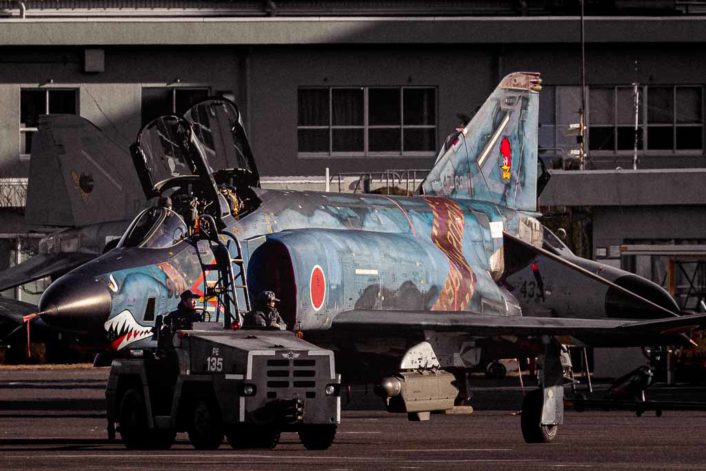
In addition to the operating units, the Phantom also flies in Gifu at the Air Development and Test Wing (ADTW). Its mission is expected to be completed with the retirement of the F-4EJ Kai from the 301 Hikotai.
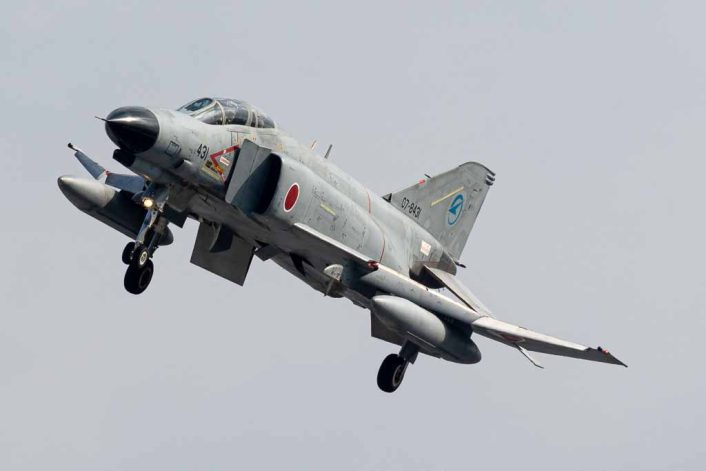
The aged Phantoms are to be successively replaced by “state of the art” F-35 Lightning II. Their internal EOTS (Electro-Optical Targeting System) is a combination of Forward Looking Infrared (FLIR) and Infrared Search and Track (IRST) sensor and is should take over the task of reconnaissance. But after the crash of the first F-35A (79-8705) oft he JASDF, also built under license by MHI, in April 2019, delays in the program followed. After considerations to abandon license production and to concentrate on Maintenance Repair and Overhaul (MRO) instead, it was decided in December 2019 to continue production at MHI.
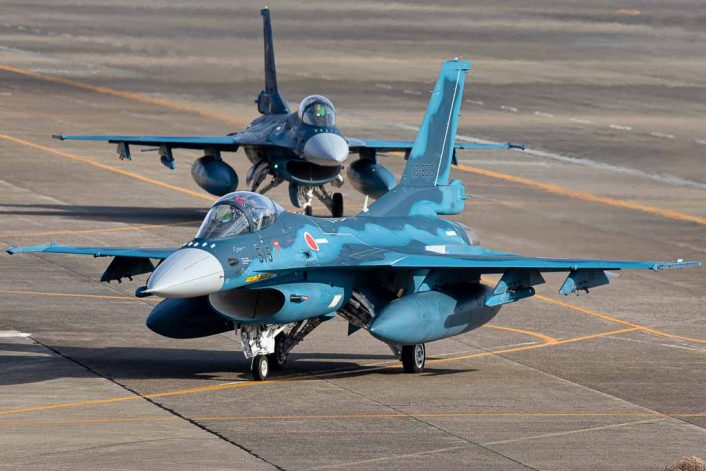
As a bridging measure of Fiscal Year 2020 a squadron of Mitsubishi F-2, an F-16 strongly adapted to Japanese needs, from the 3rd Hikotai deployed from Misawa to Hyakuri. These are to ensure air superiority until the arrival of the F-35. The end of the mighty Phantom is also approaching in the Land of the Rising Sun.
Sources: Aviation News March 2020; Defenders of Nippon: F-4 Phantom II; Koku Fan Famous Airplanes of the World: F-4 Phantom II Export Version; Japan Ministry of Defence website; JASDF Photo Book F-4

